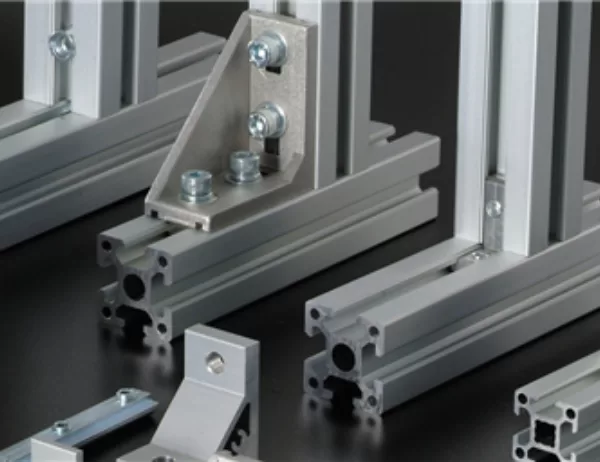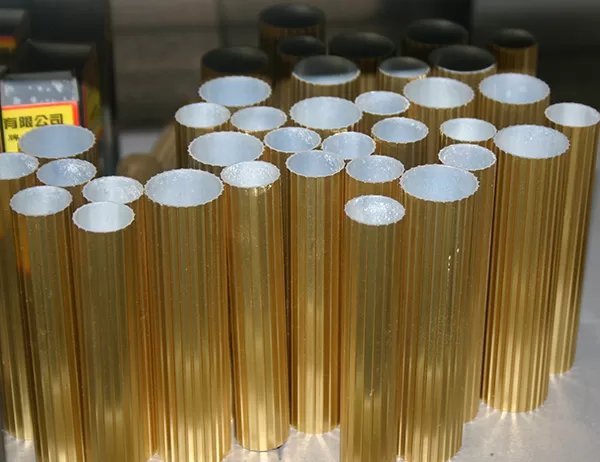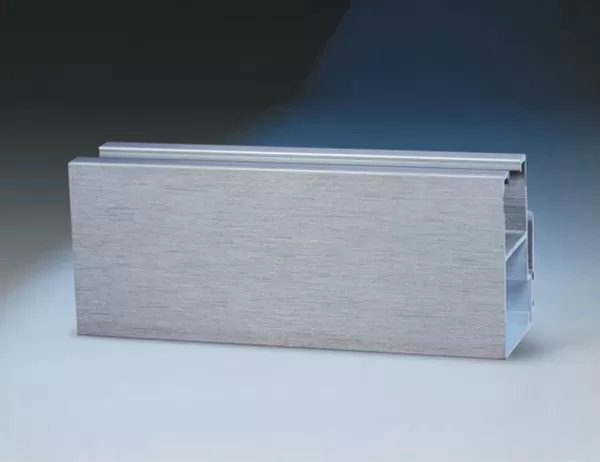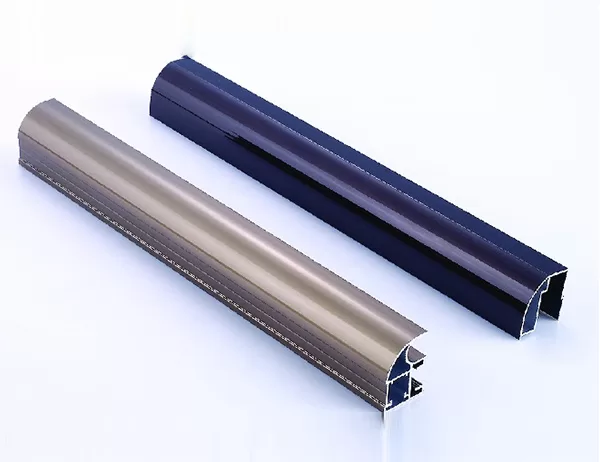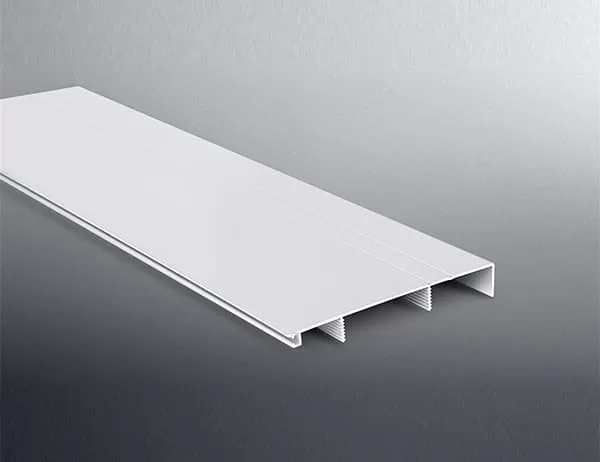Aluminum track profiles are versatile building components used in various industries, from construction to manufacturing. Their strength, durability, and lightweight properties make them ideal for applications requiring high performance and longevity. By customizing these profiles, engineers and designers can tailor them to meet the specific demands of specialized applications.
Tailoring Dimensions and Shapes
The dimensions and shapes of aluminum track profiles can be customized to suit unique requirements. The width, height, thickness, and length of the profiles can be precisely adjusted to fit specific sizes and configurations. Additionally, profiles can be designed with custom shapes, such as curved, angled, or slotted, to meet specific functional needs.
Enhancing Surface Properties
The surface properties of aluminum track profiles can be modified through various treatments to enhance their performance. Anodizing, for example, creates a protective oxide layer that improves corrosion resistance, wear resistance, and aesthetic appeal. Powder coating or painting can provide additional surface protection and customization options, allowing profiles to match specific color schemes or decorative elements.
Adding Features and Accessories
Customizing aluminum track profiles involves adding features and accessories to extend their functionality. Slots or grooves can be incorporated to accommodate fasteners, cables, or other components. Special attachments, such as hinges, brackets, or connectors, can be integrated to facilitate assembly and provide desired configurations.
Meeting Strength and Load Requirements
The strength and load capacity of aluminum track profiles can be customized by adjusting the alloy composition and heat treatment parameters. Different alloys offer varying levels of strength, hardness, and corrosion resistance. By optimizing the alloy selection and heat treatment process, profiles can be tailored to meet the specific strength and load requirements of various applications.
Ensuring Compatibility and Interchangeability
Customizing aluminum track profiles often involves ensuring compatibility and interchangeability with existing systems or other components. Profiles can be designed to match standard dimensions or mounting interfaces to facilitate easy integration into existing assemblies. By adhering to industry standards or specific design guidelines, profiles can achieve seamless interoperability.
Facilitating Installation and Maintenance
The installation and maintenance of aluminum track profiles can be customized to streamline processes and reduce downtime. Profiles can be pre-drilled or tapped with mounting holes to expedite assembly. They can also be supplied with pre-installed accessories or components to eliminate the need for additional steps during installation.
Customizing aluminum track profiles for specialized applications empowers engineers and designers to address unique project requirements. By tailoring the dimensions, shapes, surface properties, features, strength, and compatibility of these profiles, professionals can optimize performance, enhance aesthetics, and ensure seamless integration into complex systems. The versatility and customization options of aluminum track profiles make them essential components in a wide range of industries, from automotive to aerospace and beyond.
